The Apple Watch Review
by Joshua Ho & Brandon Chester on July 20, 2015 8:00 AM EST- Posted in
- Wearables
- Apple
- Mobile
- Apple Watch
Apple Pay
I normally don’t cover mobile payment solutions, but in the case of the Apple Watch I suspect this is the fastest way for anyone not using an iPhone 6/6 Plus to get Apple Pay access. Although I’ve never written anything about Apple Pay on the iPhone 6, in my experiences it’s probably the best solution around when it comes to easy payment due to the NFC boosting that makes the iPhone 6 send and receive NFC with no real orientation dependence and TouchID payment authentication. Coming into this review, the real question for me is whether Apple Watch could have the same seamless experience.
To try and figure out the answer to that question, there are really a few elements to the payment experience that have to be figured out. The first is authentication, which can easily be the biggest downfall in the experience. To this end, Apple has figured out a pretty smart system of wrist detection combined with a PIN code which ends up making for a pretty seamless experience. At the start of the day, you input your passcode when you put on the watch, and any time the watch is removed you have to input the passcode again or else pretty much everything (including Apple Pay) is locked out. If you lose your watch, no one can access the payment component without your PIN.
This effectively means that when you’re paying for something with the watch, all you have to do is double-tap the side button to activate Apple Pay. I’m not sure why it’s strictly necessary for NFC to be off unless the user activates it, but it’s likely that even the standby power of NFC would be significant with the battery of the Apple Watch.
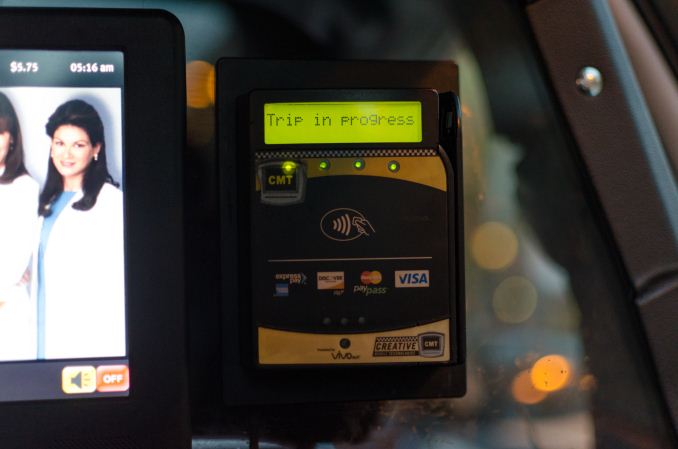
This payment terminal was at head-level in the back of a taxi
The second potential roadblock is ease of use with payment terminals. To this end, the RF component is actually without issue. I didn’t find myself particularly constrained in terms of distance or orientation of the watch to interface with readers. However, I think the problem with payments on the Apple Watch is that in some cases readers are just placed in positions that require some really odd contortions to get the watch to the reader, regardless of whether the NFC RF subsystem is well-designed. Anything at chest or waist level was usually without problems, but I noticed that readers mounted at head-level were remarkably difficult to use with Apple Watch. Other issues like setup for card payments were really without issue, and I suspect most people won’t have any problems setting up their watch for Apple Pay.
Ultimately, while Apple Watch will work just as well as an iPhone 6 for payments, the real downfall here is mostly a problem of physiology. While in some cases using the watch for payments is a natural gesture, there are a number of edge cases that require a lot of contortion to get the watch to the payment terminal. If you don’t have an iPhone 6/6 Plus and you want to use Apple Pay, Apple Watch is probably the best way of getting Apple Pay. However, I still think the smartphone is a better platform for payments for ergonomic reasons.
WatchOS Final Words
The Apple Watch has a completely new OS, which warrants some especially close scrutiny of the OS as any early design decisions made have a tendency to snowball in terms of momentum, so it’s almost impossible to make some changes once applications are widely using shared libraries and APIs that are expected to work in a temporally consistent manner. To recap for those that don’t want to read everything previously discussed, there are a few areas that are worth examining in WatchOS, namely the watch functionality itself, notification handling, glances, apps, communication, fitness, and Apple Pay.
The watch functionality is solid, and Apple has created a number of compelling, useful, and deeply customizable watchfaces. The use of Force Touch and digital crown here makes a lot of sense when it comes to training the user for the rest of the UI, and the ease of use in customizing the watchface is truly great. There is the issue of no public API for watchfaces, but I suspect that this will come with time as it’s important to ensure that such an API is properly designed for long term support. Glances are well-executed and a useful feature, but I don’t really get the point of integrating heart rate monitoring into a glance or similar cases of app information as anything important to me ends up as a complication on the watchface. In practice, I think glances are best thought of as quick settings toggles rather than sources of glanceable information. To this end, the ability to turn on power reserve mode, toggle airplane mode, silent mode, do not disturb mode, and ringing the paired iPhone, and other controls like music playback control are definitely welcome and make a lot of sense.
When it comes to notification handling, once again I think Apple has done an effective job from a UI perspective as the notification shade uses familiar constructs from iOS/Android and the use of Force Touch to dismiss all notifications is a nice touch. However, I do have issues with how multiple simultaneous notifications are handled, which should be converted into a list view of all notifications rather than a single notification that indicates there are multiple notifications from the same application. Other than this, I think Apple has done a solid job with all the necessary features (do not disturb, actionable notifications, dismiss all, smooth UI). From a broader UX perspective the Taptic Engine is good enough to be worthy of a separate discussion, but within the context of notifications it works well.
Apps are ultimately what make a platform, because at the end of the day the reason why people use any general purpose computer is because of the apps that it can run. To this end, there’s currently a huge division in quality and functionality between first-party and third-party apps. Apple’s applications are executed well, with pretty much all the functionality that makes sense and great design. I never really had any frustrating moments with Apple’s apps on the watch. For any kind of input, there was always the ability to use Apple keyboard predictions or Siri voice input, which covered just about every case in which I wanted to input some kind of text in reply.
However, the same can’t be said of third-party apps. Probably the best example of this is Uber, which is literally just a button to request a pick-up with no other options when I can easily imagine a UI leveraging the digital crown to precisely indicate pickup, and swipes or Force Touch to select the type of Uber I want to use. This kind of UI is simple, but arguably too simple for a watch with as many UI tools as Apple Watch. I’m not sure that “native apps” will necessarily fix everything here, but native apps combined with developer experience and more powerful hardware will probably deal with most of the complaints I have about third party apps for WatchOS 2.
Communication is really a part of apps, but deserves specific mention because it’s such a critical task of the Apple Watch. To that end, there are really three key native apps that fall under this category. These are the phone, messages, and email application. All of these are well-executed, and in practice the user experience around all of these is pretty much painless. One could argue that email is missing some functionality, but for at a glance email viewing it works pretty much as it should. Fitness falls under a similar category in the sense that it’s a subset of the apps category, but if nothing else, Apple has made a great fitness tracking application when it comes to information presented, design, and ease of use. Apple Pay is also well-implemented in terms of ease of use, but there’s a fundamental issue with ergonomics that prevents Apple Pay on the watch from being as great as it is on the iPhone.
Overall, I think Apple has created an OS that is forward-looking and fully capable of supporting future iterations of Apple Watch without too much trouble, although many details will change as time goes on. However, for early adopters I suspect there will be some objection to performance. As one might be able to guess from our S1 CPU analysis, the S1 SiP is not going to be able to come close to a modern smartphone for performance, which means that even basic UI tasks can be a bit of a struggle with visibly-dropped frames when scrolling and swiping through some parts of the UI like the fitness app. There’s also the issue of app load times, but I suspect this will disappear with the inevitable advance of Moore’s law and native apps can load almost instantly in some cases.
Currently, third-party apps are lacking either from the lack of native app support or from general unfamiliarity of design principles for the watch. Probably the only real criticism I have for the OS overall is that there’s currently a distinct lack of watch independence, as if I set the iPhone to airplane mode but keep the watch able to connect to the internet applications like weather are unable to download anything even though it should be able to connect to my home router and download this kind of information anyways. Given the number of constraints that come with the wearable form factor, WatchOS is probably one of the best OSes out there for wearables.


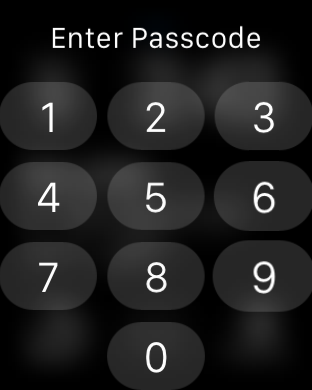

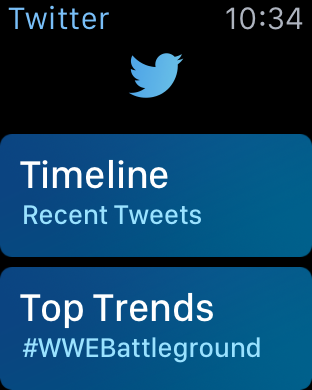
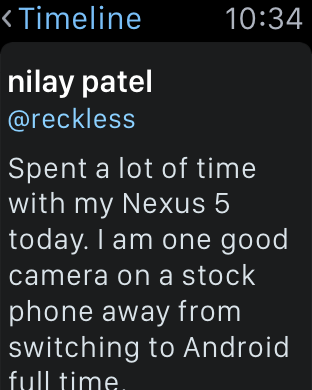

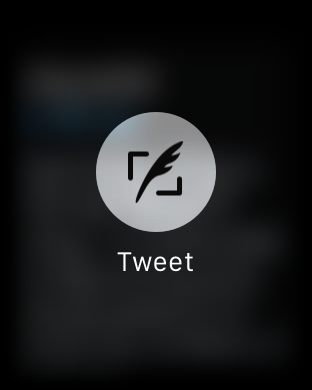
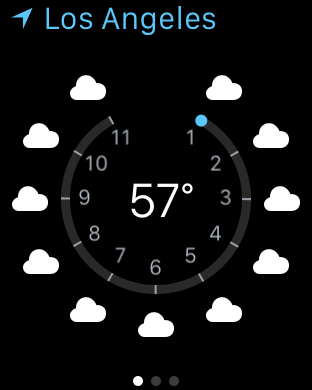
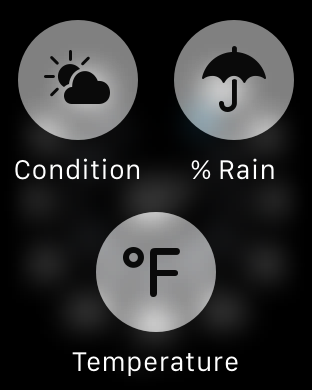


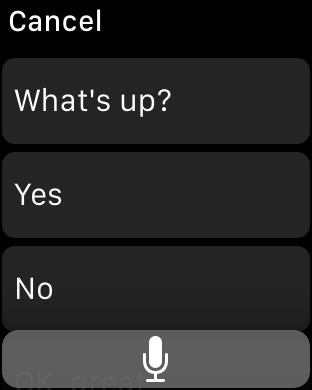
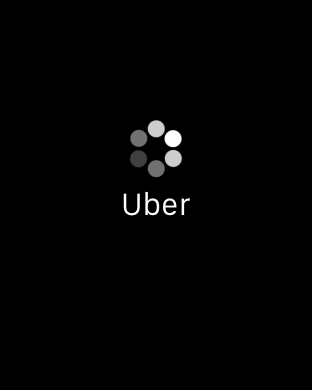


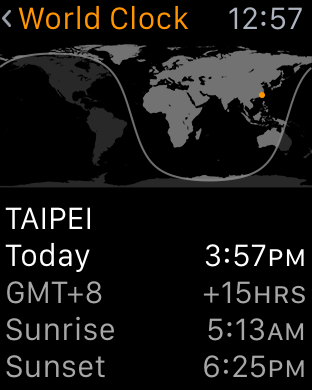

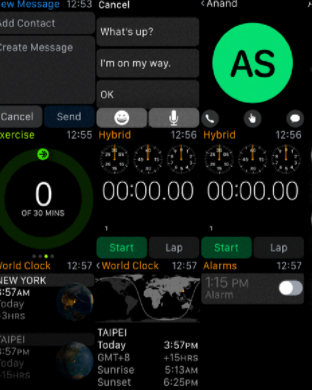
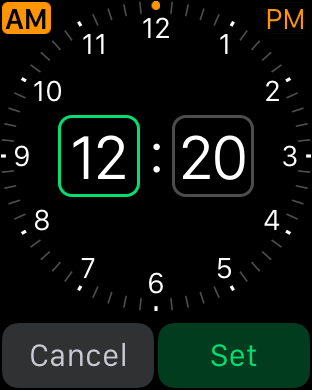
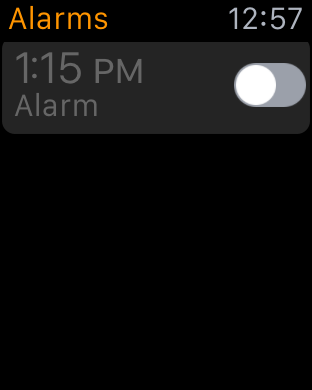








270 Comments
View All Comments
name99 - Monday, July 20, 2015 - link
If you SERIOUSLY consider the price to be an issue, then just wait.Commenters seem to have utterly no sense of history, even history they have lived through. For example
- the first iPhones were strongly tethered to iTunes. Over the years, that tether has become weaker and weaker. Why do you imagine the same thing will not happen with the watch?
- the first model costs what it costs. That's life. But next year there will be a new model, and you'll be able to buy this model on eBay for $150. Or maybe Apple will continue to sell these models (maybe just Sport, maybe Sport and Steel) at $100 cheaper, like they do with iPhones and iPads?
Complaining that something sucks because it costs more than you want to pay is a childish way of looking at the world. Hell, I want an apartment in One57 and sadly I don't have $90 million to pay for it. That doesn't mean the apartment sucks...
wperry - Tuesday, July 21, 2015 - link
Comparing value vs alternatives is "complaining," and a "childish way of looking at the world"?Okay.
IUU - Wednesday, July 22, 2015 - link
If the apartment sucks I will complain about the apartment too.In a world where the concept of money is rapidly losing any trace
of meaning, people that have to suffer needlessly from its scarcity,
will inadvertently criticise a price.
And complaining about the price of a gadget is nothing compared to
the price of essential drugs for our health or other basic needs. A watch
that doesn't sport pricy materials with a so so design and a
tiny cpu because of space limitations cannot demand the price of a full pc.
I would say that 50 to 100 dollars is closer to reality, not taking into account
the jewellery factor.
I think the computer industry got carried away by the success of the smartphones
and the tablets. The next step probably is close to incorporated chips into our body, or
an advanced version of google glasses if you like
cgpublic - Monday, July 20, 2015 - link
Perhaps you missed the memo, but clowns earning peanuts to trash Apple online on behalf of PR firms has become passé.Get a real job, bum.
Stuka87 - Monday, July 20, 2015 - link
First, there are LOTS of watches that cost well over $600, and all they do is tell time. Companies have no issues selling them. And yes, its a 1.0 product, it will undoubtedly be improved in the next iteration.But saying Anandtech "sold out" in this article is a bit far fetched. Especially without any evidence to support your theory.
wperry - Monday, July 20, 2015 - link
The watch market north of $600 is that of jewelry; a large part of the appeal is a uniqueness that appeals to the individual wearer. Do you really think that changing the wristband and switching the default display is going to provide enough differentiation for the iWatch to appeal in that regard? I have a hard time seeing it; further, the more popular the watch becomes, the less it appeals to this market.The other issue, of course, is the "companies have no issues selling them" statement. First, yes, they do have issues. There's still market competition, they don't operate in a vacuum, they're not completely exempt from it. Second is the size of that market. If Apple were to move the same number of units as the luxury watch market, the iWatch would be an abysmal failure.
FunBunny2 - Monday, July 20, 2015 - link
-- First, there are LOTS of watches that cost well over $600, and all they do is tell time.Virtually all have been, and are, crafts made mechanical watches. The kind of thing that you hand down to your kid. Watch is a disposable trinket.
KPOM - Monday, July 20, 2015 - link
Go price a Movado or Tissot stainless steel watch. These aren't heirlooms. They are made from the same $12 quartz watch movements as a Timex, yet sell for hundreds of dollars, even more than $1000 in some cases.johnnycanadian - Monday, July 20, 2015 - link
"Selling out"? Yes, the reviewer states that the AW is the best wearable to date, but he still "finds it hard to recommend this first generation Apple Watch". Seems fair to me, but please don't let that muddy your "OMG ANYTHING APPLE IS TEH SUCK!!1!1!11!" bias.darwinosx - Monday, July 20, 2015 - link
High school kid.